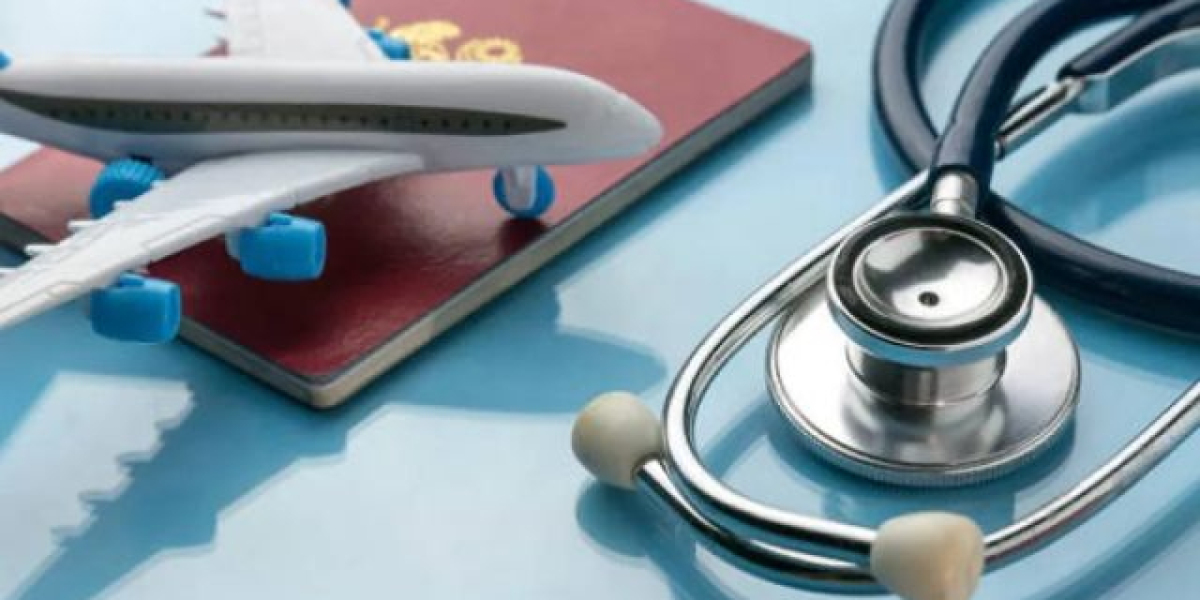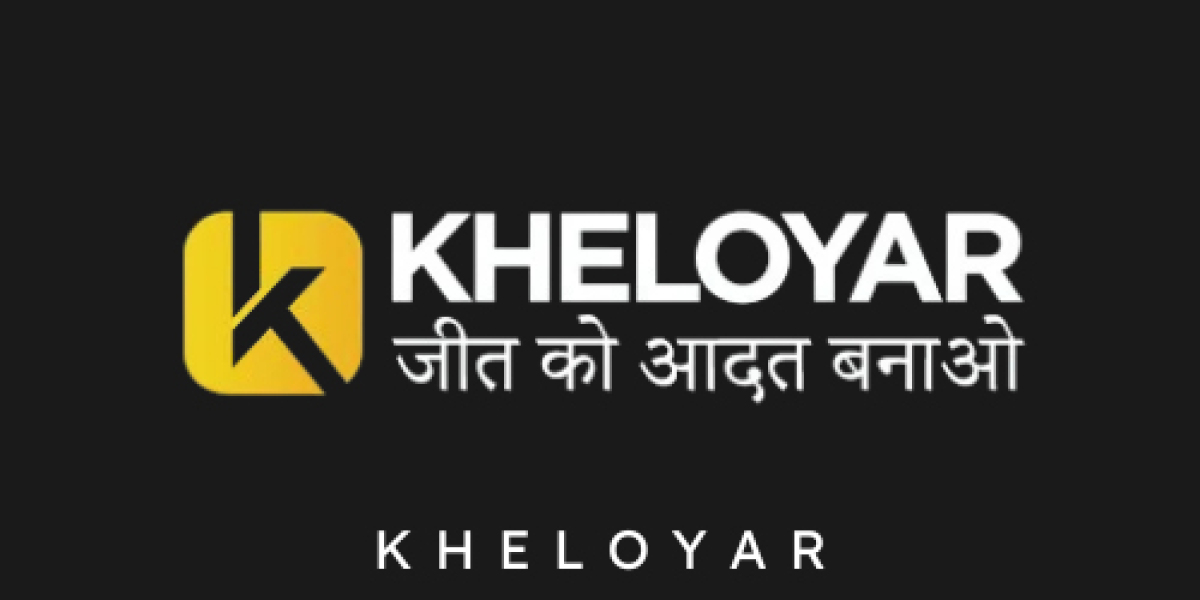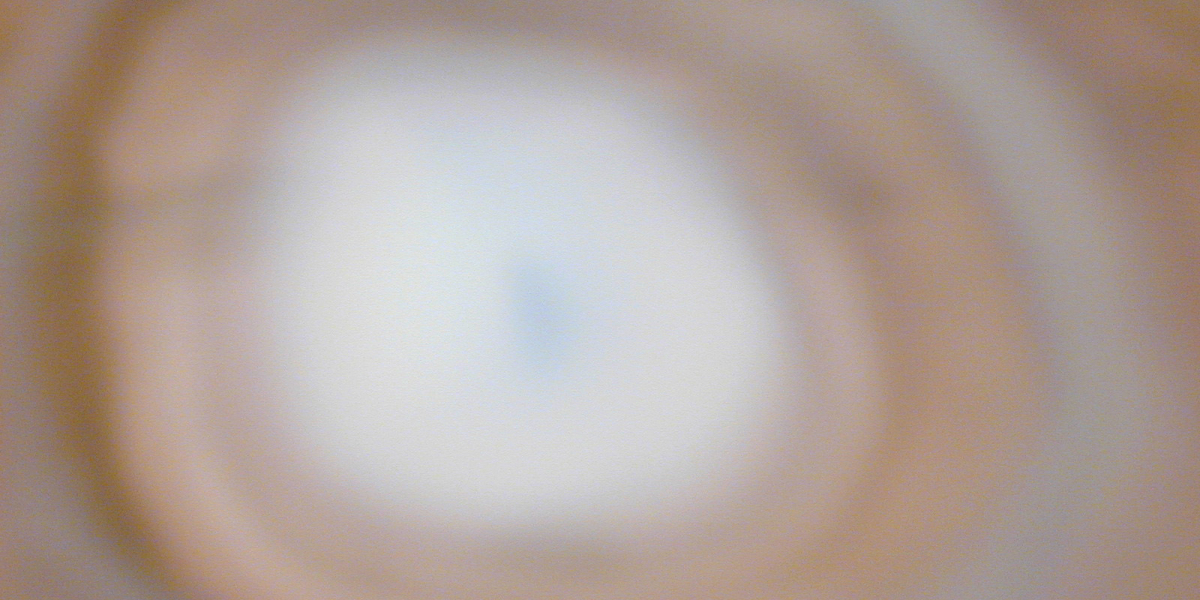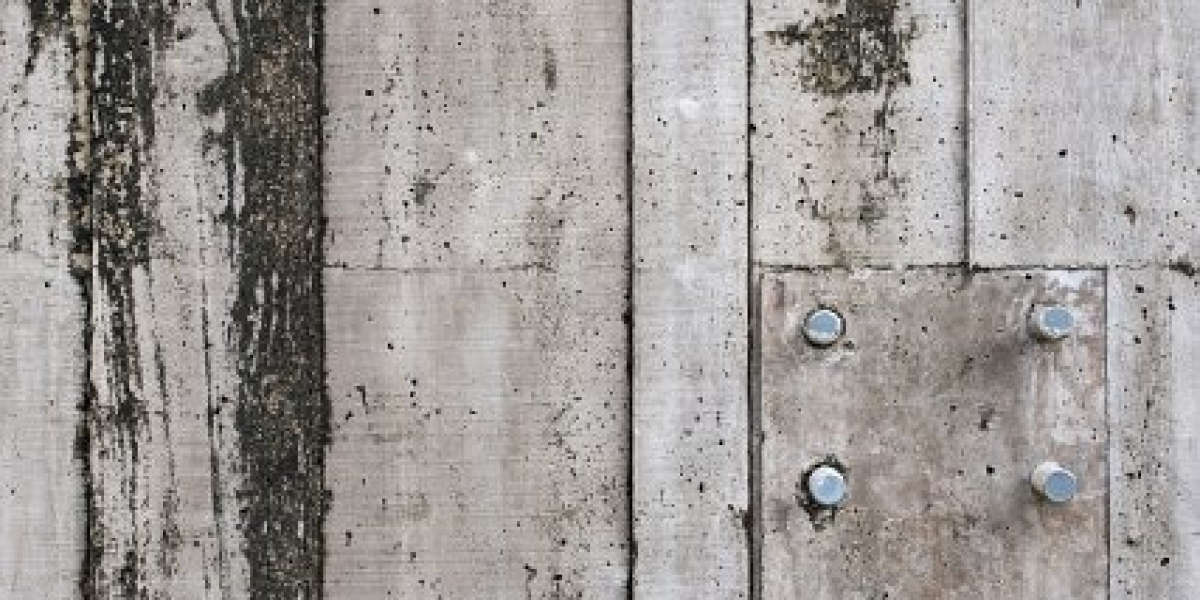In the global medical tourism market, India has attracted a large number of international patients, especially tourists from Europe, America and the Middle East, by virtue of its “low-cost + specialties” (e.g., dentistry, cardiac surgery, alternative therapies). As an emerging medical tourism destination, China is a late starter, but is forming a differentiated competitive advantage in hospital environment and pricing system, gradually building up a complementary rather than direct competition with India's positioning. The following specific analysis from two major dimensions:
I、the hospital environment: China to “hardware + service + systematic ability” to build integrated barriers
One of the core attractions of India's medical tourism is its private hospitals (such as Apollo Hospitals, Fortis Hospitals) “cost-effective services”, but the advantages of these hospitals are more focused on specialized treatment (such as orthopedics, oncology), and the overall medical environment of ‘balance’ and “systemic”. However, the strengths of these hospitals are more focused on specialized care (e.g., orthopedics, oncology), and the overall “balance” and “systemicity” of the healthcare environment differs from that of China. China's advantages in the hospital environment are mainly reflected in the following three aspects:
1. Hardware facilities: leading in the popularity of high-end equipment and the speed of technology iteration
China's large public hospitals (especially tertiary care hospitals) and high-end private hospitals (e.g., United Family Hospitals (UFH) and Mediatheque) continue to invest heavily in hardware. Example:
- Diagnostic imaging: top hospitals in China have popularized high-end equipment such as 3.0T MRI, dual-source CT, PET-MR, etc., and some hospitals (e.g., Peking Union Medical College, Shanghai Ruijin) have shorter equipment renewal cycles than similar institutions in India; and
- Surgical robots: da Vinci surgical robots in China installed capacity of more than 300 units (2023 data), covering urology, cardiac surgery and other fields, the use of cost due to large-scale procurement is lower than India.
- Critical care: ICU bed density, life support systems (such as ECMO) configuration level and emergency response capability is significantly better than India (India's private hospitals ICU resources often due to demand surge shortage).
Although there are some private hospitals in India with advanced hardware, due to the uneven distribution of overall medical resources (private hospitals accounting for only 20% of the total number of hospitals in the country are responsible for 60% of the outpatient volume), grassroots and community hospitals are generally backward in terms of hardware conditions, which makes it difficult to guarantee the whole chain of medical tourism experience.
2. Service Process: Better Refinement and Localization Adaptability
China's medical tourism service optimization is more in line with the needs of Asian patients, especially in terms of language accessibility, cultural adaptability, and multidisciplinary collaboration (MDT):
- Language services: for major source countries (e.g. Russia, Southeast Asia, Middle East), high-end hospitals in China are generally equipped with small-language interpreters (e.g. Russian, Arabic), and some hospitals have cooperated with international insurance organizations to provide “direct payment services” to reduce the language barrier for patients.
- Cultural details: Dietary and religious practices (e.g., prayer space for Muslim patients, vegetarian meals for Indian patients) have been incorporated into hospital service standards, and some hospitals also provide Chinese medicine physical therapy (e.g., acupuncture, tuina) as an aid to attract patients who prefer traditional medicine.
- MDT model: Large hospitals in China, due to the high average daily volume of consultations (the average daily outpatient volume in tertiary hospitals often exceeds 10,000), have teams of doctors with more experience in multidisciplinary collaboration on complex cases. For example, a tumor patient in China can be quickly diagnosed by a combination of imaging, pathology, surgery, and chemotherapy, whereas a private hospital in India may be limited in its efficiency in interdisciplinary coordination despite its strong specialties.
3. Systematized capacity: full-cycle management from treatment to rehabilitation
China has an advantage in the whole chain of “treatment-rehabilitation-follow-up” services. Examples include
- Post-operative rehabilitation: public tertiary hospitals work closely with professional rehabilitation organizations (e.g., Taikang Rehabilitation Hospital) to provide customized rehabilitation programs; private hospitals (e.g., Shanghai Jiahui International Hospital) have introduced international rehabilitation standards to cover neurological and orthopaedic rehabilitation; and
- Chronic Disease Management: Relying on the country's large primary healthcare network (e.g. community health service centers), hospitals can provide chronic disease patients (e.g. diabetes, hypertension) with a “hospital-community-family” linkage management model, which reduces the cost of cross-country follow-up visits.
- Drug accessibility: China is the world's second largest drug producer, with high quality and supply stability of generic drugs (through the national procurement and generic consistency evaluation), and faster access to cancer-targeted drugs and drugs for rare diseases than India (which relies on generics but lags behind in the approval of some new drugs).
In contrast, India's medical tourism relies more on “single-specialty surprise treatment”, the long-term management of post-surgery, chronic disease tracking and other services are weaker, it is difficult to meet the full-cycle needs of high-end patients.
II、the price system: China's “reasonable pricing + health insurance coverage” to form a new benchmark of cost-effective
The core selling point of medical tourism in India is “low price”, for example:
- Heart bypass surgery: about 30,000-50,000 dollars in private hospitals in India (100,000-150,000 dollars in the U.S.).
- Dental implants: about $1,500-$2,500 for a single implant ($3,000-$5,000 in the U.S.); and
- Tumor chemotherapy: $2,000-4,000 per month ($8,000-15,000 in the U.S.).
However, China's price advantage is not “absolute low price”, but “high quality service + reasonable pricing” of the cost-effective balance, specific performance:
1. Basic medical costs: prices of core items are lower than those in developed countries, and partly close to those in India
The prices of medical services in Chinese public hospitals are strictly controlled by the government (based on the National Medical Service Price Item Standard), and the core operation and examination costs are significantly lower than those in Europe and the United States, and some items are comparable or even lower than those in India:
- Surgical costs: cardiac stent implantation (domestic stents) in the third-class hospitals about 30,000-50,000 yuan (Indian private hospitals about 30,000-40,000 U.S. dollars, according to the exchange rate of about 210,000-280,000 yuan); Knee replacement about 50,000-800,000 yuan (India about 20,000-30,000 U.S. dollars, about 142,000-21,000 yuan).
- Examination costs: head MRI about 800-1200 RMB (about 500-800 USD in private hospitals in India, about 3600-5800 RMB); painless gastroenteroscopy about 1500-2500 RMB (about 1000-1500 USD in India, about 7200-10800 RMB);.
2. Hidden costs: China's comprehensive cost of living is more manageable
The total cost of medical tourism needs to take into account hidden expenses such as transportation, accommodation and escort. China has more advantages in the following aspects:
- Transportation costs: airfares for Southeast Asian and Middle Eastern patients flying to China (e.g., about RMB 2,000-3,000 from Dubai to Shanghai) are lower than those flying to India (about RMB 1,500 from Dubai to Mumbai, but follow-up transportation costs are higher in popular Indian medical tourism cities such as Chennai and Hyderabad);; and
- Accommodation costs: 3-star hotels in China's first-tier cities (e.g., Beijing, Shanghai) average about RMB 500-800 per day, which is lower than the same level of hotels in India's Mumbai and Bangalore (about RMB 800-1200); and
- Convenience of accompanying: China allows family members to accompany patients to the hospital, and the hospital surrounding facilities (such as pharmacies, supermarkets) are perfect, the cost of accompanying (such as hiring a caregiver averaging 300-500 yuan per day) is lower than in India (part of the private hospitals caregiver averaging 500-800 yuan per day, and you need to pay an additional fee for the intermediary).
3. Health insurance and international insurance coverage: Reducing the actual burden on patients
China is accelerating the “medical tourism + insurance” model to improve payment convenience:
- Basic medical insurance: some provinces (e.g. Hainan, Guangdong) have included international medical departments in the pilot medical insurance program, and eligible patients can be reimbursed for part of their expenses (e.g. chronic disease outpatient clinics, routine checkups); commercial insurance: domestic insurers (e.g. Hainan, Guangdong) have included international medical departments in the pilot medical insurance program.
- Commercial insurance: domestic insurance companies (e.g. Ping An, TICC) launched “cross-border medical insurance”, covering high-end treatment in private hospitals; at the same time, China and many countries (e.g. Russia, the United Arab Emirates) signed a mutual recognition agreement on medical care, and part of the international insurance can be directly settled.
- Installment payments: High-end private hospitals (e.g., United Family) offer flexible installment payment plans to reduce the pressure on patients to make one-time payments.
Although India claims to have “low prices,” some private hospitals have hidden fees (e.g., extra tests, high-priced medications), and international insurance coverage is limited (most need to be paid in advance), so the actual total cost may be close to or even higher than China's “transparent pricing + insurance coverage” model. The actual total cost may be close to or even higher than China's “transparent pricing + insurance coverage” model.
III、Summary: China's differentiation is the “systemic competitiveness of an integrated healthcare ecosystem”
Unlike India's medical tourism model, which is centered on “specialties and low prices”, China's advantage lies in the comprehensive ecosystem of “high-quality hospital environment + reasonable pricing system + full-cycle service capability”. The specific performance is as follows:
- Hospital environment: advanced hardware and facilities, service processes to meet the needs of Asian patients, the whole chain of mature management system.
- Price system: the cost of core items is lower than that of developed countries, and some of them are close to that of India, but the hidden cost and comprehensive cost of living are more controllable.
- Extended value: Relying on the huge population base and medical market demand, China continues to innovate in the application of new technologies (such as AI-assisted diagnosis, precision medicine), Chinese medicine specialty services and other areas, forming a unique attraction.How Can China's Assisted Reproductive Institutions Earn Global Trust? How Does China's Assisted Reproductive Technology Meet Diverse Fertility Needs? Why Has China's Assisted Reproductive Technology Become the Top Choice for International Patients? Five Core Advantages of China's Assisted Reproductive Technology: A Comprehensive Analysis of Technology, Policy, and Services China's Assisted Reproductive Technology Leads Globally: Why Does Its Success Rate Remain Among the Highest? The Rise of Medical Tourism in China: Why Are Overseas Cancer Patients Choosing Treatment Abroad? China's Cancer Treatment Costs in Global Ranking: Is the Value for Money Truly Higher? China vs. the United States: How Wide Is the Gap in Cancer Treatment Technology? A Guide to Seeking Medical Treatment in China for Global Cancer Patients: How to Efficiently Access Top-Tier Medical Resources Transparency in Cancer Treatment Costs in China: A Comprehensive Cost Breakdown from Diagnosis to Surgery Public Hospitals vs. Private Hospitals: How Significant Are the Cost Differences for Cancer Treatment in China? The Unique Advantages of Integrating Traditional Chinese Medicine in Chinese Cancer Treatment How Can China Achieve Breakthroughs in Personalized Cancer Treatment? Exploring Medical Tourism in China: A Comprehensive Guide from Advantages to Considerations Key Considerations for Medical Tourism in China: Cultural Differences and Healthcare Practices China Medical Tourism Entry Procedures: A Comprehensive Guide to Customs, Quarantine, and Airport Pickup How Does China's Medical Tourism Meet the Diverse Needs of International Patients? Shenzhen Stomatology (Dentistry) Hospital The Seventh Affiliated Hospital, Sun Yat-sen University Shenzhen Center For Chronic Disease Control Shenzhen Hospital of Southern Medical University Shenzhen Eye Hospital Shenzhen Kangning Hospital Shenzhen Maternity & Child Healthcare Hospital Shenzhen Traditional Chinese Medicine Hospital The Second People's Hospital of Shenzhen Shenzhen People's Hospital China Medical Tourism Visa Application Process: Distinguishing Medical Visas from Tourist Visas Medical Tourism Costs in China and Hospital Accreditation: Are JCI-Accredited Institutions More Expensive? Guangzhou Children's Hospital Guangdong women and children's hospital and health institute Clifford Hospital Guangzhou Red Cross Hospital The First Affiliated Hospital Of Guangdong Pharmaceutical University Liwan Hospital of Guangzhou Medical College The Second Affiliate Hospital of Guangzhou Medical College Medical Tourism Costs in China by City: Beijing, Shanghai, Guangzhou—Which Is More Expensive? China's Medical Tourism Cost Advantage: Why Over 50% Lower Than Europe and the US? The First Affiliated Hospital Of Guangzhou Medical Collage Guangzhou No.12 People's Hospital Guangzhou No.8 People's Hospital Guangzhou Second People's Hospital Guangzhou First Municipal People's Hospital Guangdong Provincial Stomatological Hospital The Second Affiliated Hospital, Zhongshan (Sun Yat-sen) University Guangdong Second People's Hospital Guide to Reimbursement for Medical Tourism in China: An Analysis of International Insurance Coverage What is included in the cost of medical tourism in China? Sanfine International Hospital Beijing Tsinghua Changgung Hospital Beijing Xuanwu Hospital Beijing Xiaotangshan Hospital Beijing Geriatric Hospital Beijing Huilongguan Hospital Beijing Anding Hospital Beijing Ditan Hospital China's Unique Advantage in Medical Tourism: The Integrated Chinese-Western Medicine Model Insurance for Medical Tourism in China: How to Choose the Right Coverage? Beijing Youan Hospital Beijing Chest Hospital Beijing Stomatological Hospital Beijing Obstetrics and Gynecology Hospital Capital Institute of Pediatrics Beijing Children's Hospital Beijing Cancer Hospital Frequently Asked Questions About Medical Tourism in China: From Consultation to After-Sales Support China's Medical Tourism vs. Thailand: A Clash of Services, Prices, and Cultures Beijing Hospital of Traditional Chinese Medicine Beijing Shijitan Hospital Beijing Anzhen Hospital Beijing Jishuitan Hospital Beijing Chao-Yang Hospital Beijing Tongren Hospital Beijing Friendship Hospital Medical Tourism in China: Top 10 Questions Most Frequently Asked by Visitors Comprehensive Analysis of China's Medical Tourism Advantages, Costs, and Processes Raffles Hospital Shanghai Shanghai Concord Medical Cancer Center Shanghai Great People Branemark Osseointegration Center Shanghai Ruidong Hospital Shanghai Green Clinic Shanghai Towako Hospital Shanghai Artemed Hospital Parkway Shanghai Hospital Shanghai DeltaHealth Hospital Shanghai EuroEyes Eye Clinic Shanghai Gamma Knife Hospital Guang-Ci Memorial Hospital Shanghai JIAI Genetics & IVF Institute Why Has China's Medical Tourism Gained Widespread Recognition in the International Market? Why Is China's Medical Tourism Leading the New Wave in Global Health Tourism? Shanghai Hexin Hospital Shanghai Jiahui International Hospital Shanghai Tenth People's Hospital Shanghai General Hospital Shanghai Children's Hospital Shanghai Skin Disease Hospital Shanghai Tongji Hospital Shanghai Eye Disease Prevention and Treatment Center (Shanghai Eye Hospital) Yueyang Hospital of Integrated Traditional Chinese and Western Medicine Affiliated to Shanghai University of TCM Why Has China's Medical Tourism Earned the Trust of International Patients? Why Does China's Medical Tourism Attract Global Health Seekers? Why Has China's Medical Tourism Captured the Attention of Global Health Travelers? Stomatology Hospital Affiliated to Tongji University Shanghai Ninth People's Hospital Obstetrics and Gynecology Hospital Affiliated to Fudan University Children's Hospital Affiliated to Fudan University Shanghai Fourth People's Hospital Affiliated to Tongji University Why Has China's Medical Tourism Become the New Trend in Health Tourism? Why has medical tourism in China become a new hotspot in international medical tourism? Why Has China's Medical Tourism Become the New Favorite Among Asian Travelers? Why has medical tourism in China become the new darling of international health tourism? Why has medical tourism in China become the ideal choice for international patients? Why has medical tourism in China become an ideal destination for international patients? A Comprehensive Analysis of China's Medical Tourism Process, Safety, and Effectiveness Cell Therapy and Immunotherapy: How Has China's Progress in CAR-T Attracted Patients? Why Choose China for Medical Tourism Step-by-step guide: Application and experience process for medical tourism in China In-Depth Analysis: The Composition of Medical Tourism Costs in China Easily Embark on Medical Tourism in China: A Detailed Guide to the Process Organ Transplantation/Rare Disease Treatment: Why Has China's Price Advantage in Medical Tourism Become the “Last Resort”? Precision Medicine in China: How Genetic Testing/Targeted Therapy Enables Medical Tourism? Unraveling Medical Tourism in China: Language, Visa and Follow-Up Services International Certification Endorsement: Quality Assurance System for Medical Tourism in China International Patient Transportation Service: Emergency Rescue System for Medical Tourism in China Exclusive channel for international patients: standardized process of “VIP service” in China's tertiary hospitals International Patient Medical Dispute Handling: Dispute Resolution Mechanisms for Medical Tourism in China Medical tourism to China: these precautions you should not know Chengdu Aidi Eye Hospital Chengdu Maria Maternity and Children's Hospital Chengdu Angel Maternity Hospital Affiliated Hospital of Chengdu University Chengdu Women's and Children's Center Hospital Chengdu Sixth People's Hospital Specialized Treatment for Children: The Price Advantage of Medical Tourism in China Chengdu Fifth People's Hospital Chengdu No.4 People's Hospital The Third People's Hospital of Chengdu The Second People's Hospital of Chengdu Chengdu Hospital of Integrative Medicine Hangzhou Red Cross Hospital The Affiliated Hospital of Hangzhou Normal University Zhejiang Provincial Hospital of Traditional Chinese Medicine Zhejiang Tongde Hospital Why are China Medical Tourism's children's myopia correction packages favored by parents? Comparison of Private Hospitals in the Middle East: Analysis of the Price Advantages of Chinese Medical Tourism in Cardiovascular Treatment The First People's Hospital of Hangzhou Sir Run Run Shaw Hospital, School of Medicine, Zhejiang University The Second Hospital Affiliated to Zhejiang University School of Medicine The First Hospital Affiliated to Zhejiang University School of Medicine Zhejiang Provincial People's Hospital Comparing Medical Tourism in India: China's “Differentiated Advantage” in Hospital Environment + Price Comparing India: China's Technological and Service Advantages in Medical Tourism Boao Future Hospital China Stem Cell Group's Boao Affiliated Stem Cell Hospital in Hainan Ciming Boao International Hospital Hainan Shengnuo One Specialist Clinic Hainan Boao Lecheng International Medical Tourism Pilot Zone Compare Private Hospitals in Singapore: Price and Service Comparison of Chinese Medical Tourism in Obstetrics and Gynecology Comparison of medical tourism in Turkey: China's “technology + cost” advantage in assisted reproduction + price Boao Lecheng Aier Eye Hospital Boao Lefke Medical Center YingYi International Medical Center Hainan Qiyan Hospital Boao Evergrande International Hospital Boao International Hospital Boao Super Chinese Medicine Hospital Boao Sino-French Rehabilitation Medicine Center Boao Super Hospital Comparison of medical tourism in South Africa: China's “globally recognized” advantage in hospital qualification + price Comparison of Mexico medical tourism: China in plastic surgery + price “natural effect + pro-people price” Comparing US/Japan: How price-competitive is Chinese medical tourism in oncology treatment? Comparing Malaysia's Medical Tourism: China's One-Stop Advantage in Hospital Scale + Price Comparison of the Canadian medical system: China's medical tourism “short waiting time + low price” double advantages Comparison of Korean plastic surgery hospitals: why China's medical tourism “cost-effective + natural results” has become a new favorite? Comparison of foreign countries: China's medical tourism price advantage is significant How China's cost-effective medical tourism can attract Southeast Asian patients? Shenzhen Qianhai Shekou Free Trade Zone Hospital Huazhong University of Science and Technology Concordia Shenzhen Hospital Luohu District People's Hospital The University of Hong Kong Shenzhen Hospital Why China's Medical Tourism Full Process Costs Just 1/3 of Japan's How China's Medical Tourism Leads the Asian Market? Multi-Therapy Options for Medical Tourism in China The Attractiveness of Chinese Medical Tourism with Chinese Medicine Characteristics Shenzhen Maternal and Child Health Hospital Shenzhen Hospital of Traditional Chinese Medicine Shenzhen Second People's Hospital Early Cancer Screening Packages: Why China's Medical Tourism “Low Cost Precision Screening” Has Become a Global Hot Spot? JCI-Accredited Hospitals: Internationalized Service Standards for Medical Tourism in China Shenzhen Qianhai Taikang International Hospital Shenzhen Sigma Lin Shunchao Eye Hospital Women and Children's Medical Center of Guangzhou Medical University The Third Affiliated Hospital of Guangzhou Medical University The First Affiliated Hospital of Guangzhou Medical University The First Affiliated Hospital of Guangzhou University of Traditional Chinese Medicine What is the best place for medical tourism in China? Do foreigners get free medical care in China? How good is health care in China? Is China friendly to medical tourists? Is Chinese medicine credible? Where does China rank in healthcare? Is health care in China better than in the US? How big is the medical tourism market in China? What if a foreigner gets sick in China? Can foreigners seek medical treatment in China? Are medical tourism conditions good in China? How is China's medical tourism system? Is there medical tourism in China? Zhujiang Hospital of Southern Medical University Nanfang Hospital of Southern Medical University Sun Yat-sen University Cancer Center JCI accredited hospitals China China Medical Tourism Visa Application Process The best cancer treatment in China China medical tourism packages Zhongshan Eye Center, Sun Yat-sen University Hospital of Stomatology,SunYat-sen University Sixth Affiliated Hospital of Sun Yat-sen University Third Affiliated Hospital of Sun Yat-sen University Is healthcare expensive in China? Medical Facilities in China Sun Yat-sen Memorial Hospital First Affiliated Hospital of Sun Yat-sen University Guang'anmen Hospital Beijing Tiantan Hospital What is the state of health in China? Is healthcare in China free? Beijing United Family Hospital







